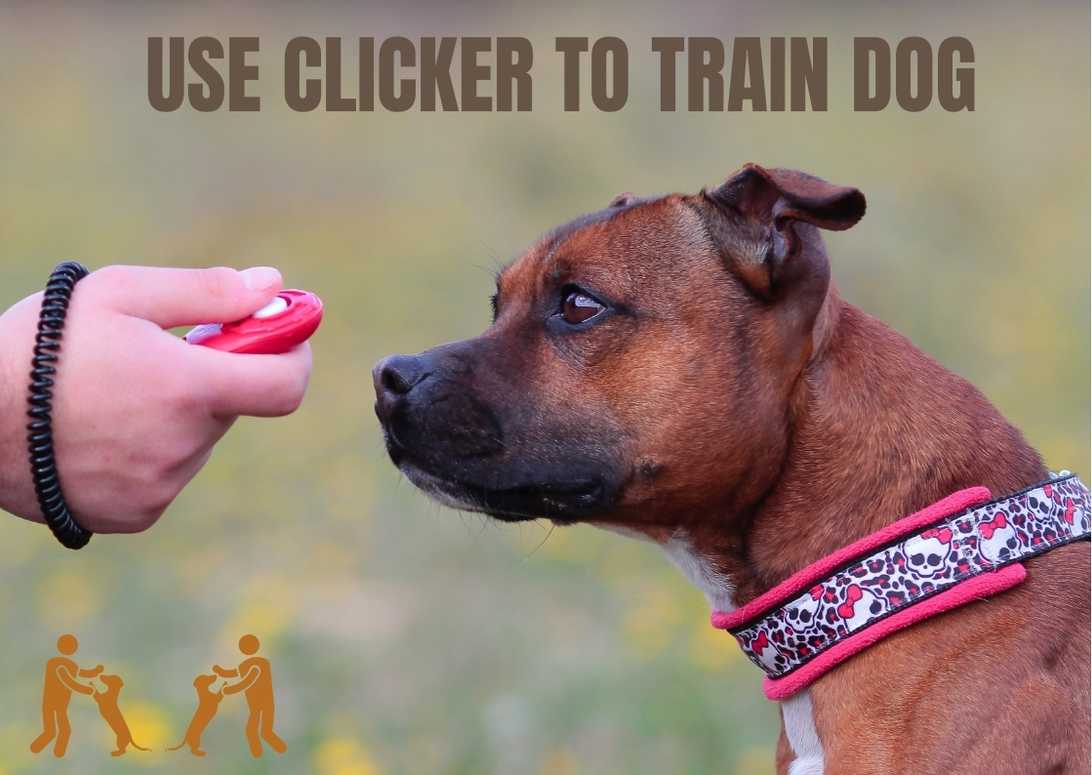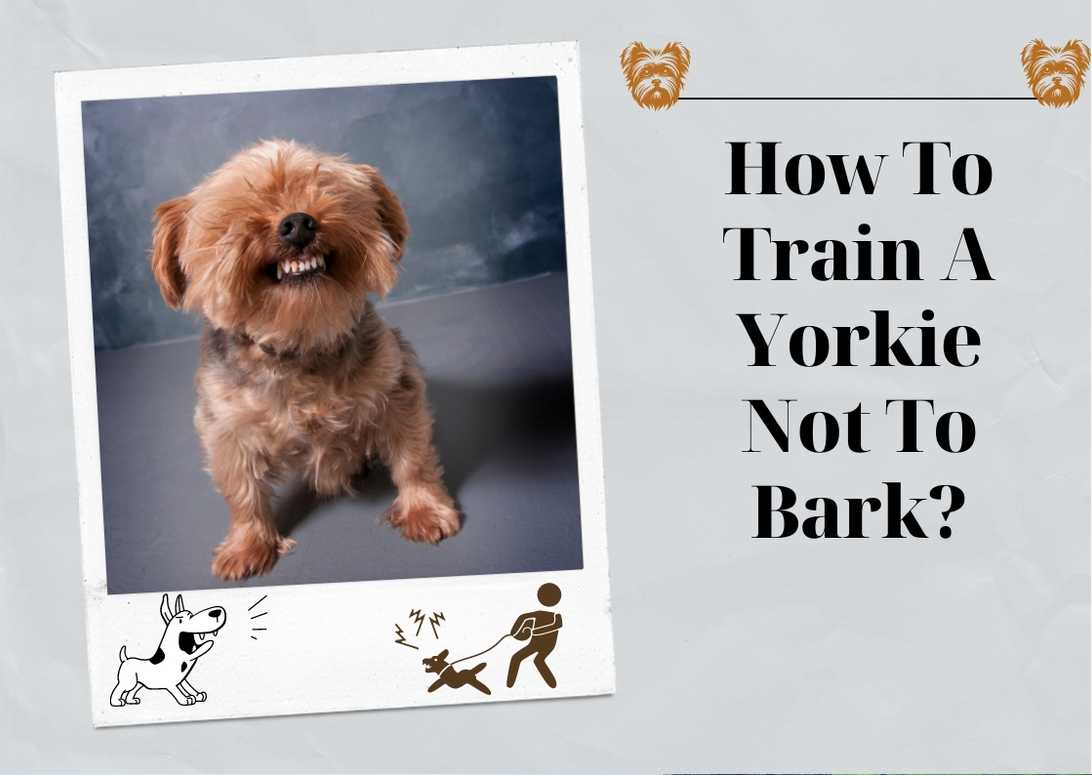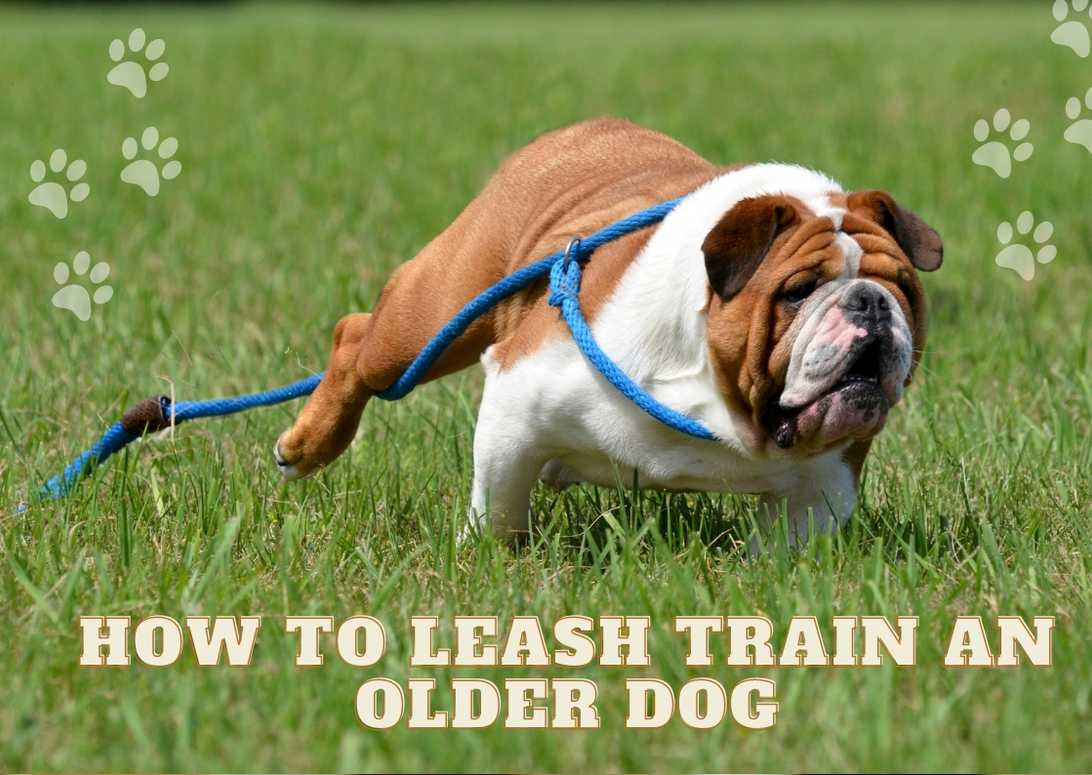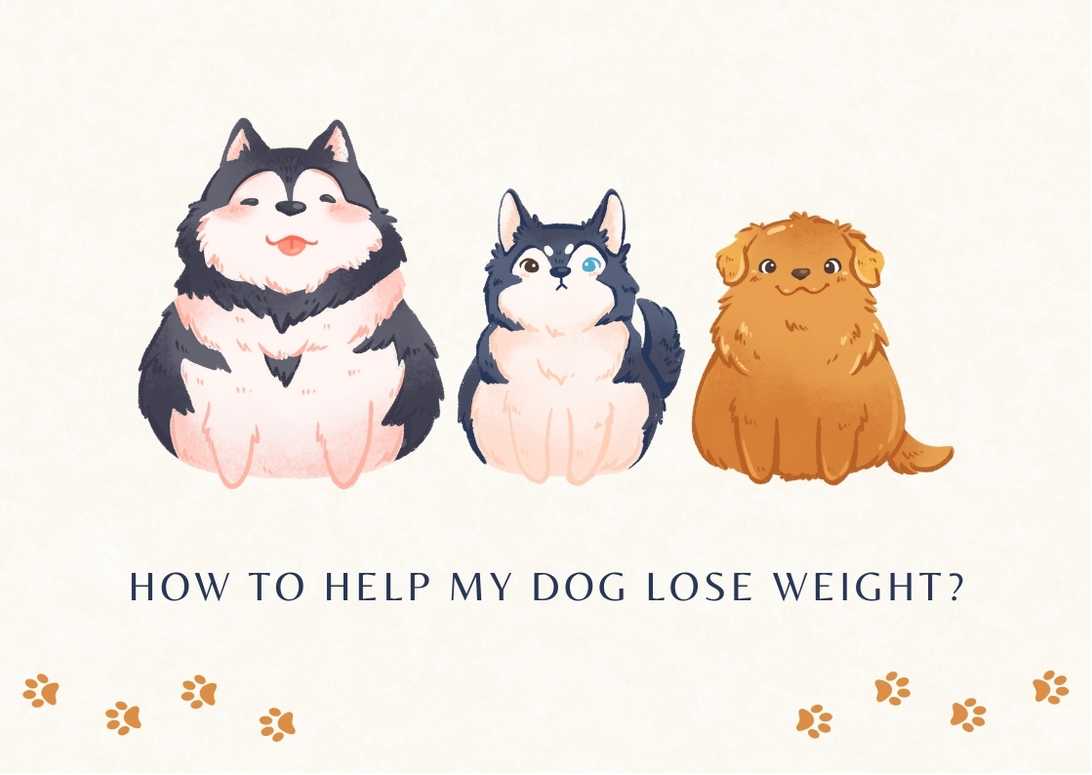how to use clicker to train dog ?
Hey there, fellow dog lovers! Are you ready to unlock the secret to training your furry friend with ease and precision? Well, get excited because I’m about to spill the beans on how to use a clicker for dog training. Trust me, this little device will revolutionize the way you communicate with your pup.
So, what exactly is a clicker? It’s a small handheld tool that emits a distinct clicking sound. But don’t be fooled by its simplicity – this little gadget is packed with power. You see, when used in conjunction with positive reinforcement, like treats or praise, the clicker becomes a powerful marker for teaching new behaviors.
With just a simple click, you can let your dog know they’ve done something right and deserve a reward. It’s like having your own secret language with your four-legged companion!
In this article, I’ll guide you through the basics of marker training, teach you how to load the clicker (yes, it needs loading!), and show you step-by-step how to teach desired behaviors using this incredible tool. Get ready to witness firsthand the magic of clicker training – it’s time for some serious bonding and fun!
Important Points
- Clicker training provides clear communication and immediate feedback, leading to faster learning.
- Consistency in timing is crucial for effective clicker training.
- Treats play a crucial role in positive reinforcement during clicker training.
- Clicker training allows for precise timing and consistency in rewarding desired behaviors.
What is it?
To use a clicker for dog training, you’ll first need to teach your dog what the clicker means by pairing it with a desired behavior. Clicker training is a method that uses positive reinforcement to shape and reinforce behaviors in dogs. The clicker serves as a marker to ‘mark’ the exact moment your dog performs the desired behavior. It’s a small handheld device that makes a distinct clicking sound when pressed.
There are several pros and cons to using a clicker for dog training. One of the biggest advantages is that it provides clear communication between you and your dog. The click sound is consistent and precise, making it easy for your furry friend to understand when they have done something right. It also allows for immediate feedback, which helps with faster learning.
When starting with clicker training, there are a few tips you should keep in mind. First, always pair the click sound with something positive like treats or praise. This will help your dog associate the clicker with good things and motivate them to repeat the behavior. Secondly, be patient and consistent in your training sessions. Dogs learn best through repetition, so practice regularly and keep sessions short but frequent.
There are different types of clickers available on the market, including button-clickers, box-clickers, and even smartphone apps that mimic the sound of a traditional clicker. Choose one that feels comfortable for you to hold and operate.
Clicker training has been successful across various breeds of dogs. Many trainers have shared their success stories using this method, showing how effective it can be in teaching new behaviors or addressing specific issues.
With these tips and insights into using a clicker for dog training, let’s now delve into some marker training basics without wasting any time!
Marker Training Basics
Start by introducing your furry friend to the concept of marker training. Marker training is one of the most effective training techniques for dogs, and it involves using a clicker as a marker to indicate when your dog has performed the desired behavior. The clicker serves as a clear and consistent signal that lets your dog know they’ve done something right, and that a reward is coming. Clicker training benefits both you and your dog because it allows for precise communication between you two.
Your dog quickly learns to associate the sound of the click with receiving a treat, which motivates them to repeat the behavior in order to earn more rewards. Consistency is key when it comes to marker training. It’s important to always use the same clicker sound and pair it with treats consistently. This helps your dog understand what they’re being rewarded for.
Additionally, consistency in timing is crucial – make sure you click immediately after your dog performs the desired behavior, so they understand exactly what action is being reinforced. Troubleshooting common issues may arise during marker training, such as confusion or frustration from your dog if they don’t understand what behavior you want from them. Patience and clear communication are essential in these situations.
Incorporating clicker training into everyday life can be fun and rewarding for both you and your furry friend. You can use this technique not only for teaching basic obedience commands but also for shaping more complex behaviors. By using the clicker consistently, you can gradually teach your dog new tricks or manners while building their confidence and strengthening your bond together.
Now that we’ve covered the basics of marker training, let’s dive into how we can use this technique to teach desired behaviors without relying on punishment or forceful methods. Marker training allows us to communicate effectively with our dogs and reinforce positive behaviors, making the learning process enjoyable for both of us.
Teaching Desired Behaviors
Once you understand the principles of marker training, you can effortlessly shape your furry companion’s behavior and guide them towards desired actions. Clicker training uses positive reinforcement to teach dogs new behaviors and strengthen existing ones.
By associating the sound of the clicker with a reward, such as a treat or praise, you can communicate to your dog that they have performed the desired behavior correctly. This creates a clear and consistent signal for your dog, making it easier for them to understand what is expected of them.
Clicker training offers several benefits. Firstly, it allows for precise timing and consistency in rewarding your dog’s actions. The clicker provides an immediate marker for correct behavior, helping your dog make the connection between their action and the reward.
Secondly, clicker training helps in shaping behaviors by breaking down complex tasks into smaller steps. You can start by clicking and treating for simple actions that contribute to the overall behavior you want to teach. Gradually, you can build upon these small successes until your dog performs the complete behavior successfully.
Now that you have learned about using a clicker as a marker and its benefits in shaping behaviors, let’s delve into how timing and consistency play crucial roles in clicker training for obedience commands. By clicking at exactly the right moment when your dog exhibits the desired behavior, you’re reinforcing their understanding of what’s expected from them. Consistency is equally important because it helps your dog generalize their learning across different contexts and situations.
In this way, clicker training becomes an effective tool not only for teaching basic obedience commands but also for more advanced skills like agility or scent work.
Moving forward to rewarding with treats…
Rewarding with Treats
When rewarding your furry friend with treats, you’ll be amazed at how their enthusiasm grows as they associate their correct behavior with a tasty reward. Positive reinforcement is key in clicker training, and treats play a crucial role in this process. It’s important to choose treats that your dog finds highly motivating and delicious. This will ensure that they are excited and willing to work for the reward.
Timing is also essential when using treats as a reward. You need to deliver the treat immediately after clicking the clicker so that your dog can make a clear connection between the click and the desired behavior. Additionally, it’s beneficial to use variable rewards to maintain your dog’s interest and motivation. By occasionally providing a higher-value treat or varying the quantity of treats given, you keep them engaged and eager to continue learning.
Shaping behaviors is another aspect of using treats effectively in clicker training. Instead of waiting for your dog to perform the entire desired behavior, you can start by reinforcing small steps towards that behavior and gradually shape it into the final result you want. For example, if you’re teaching your dog to sit, you might initially reward them for bending their knees slightly or lowering their hind end. Over time, you can gradually increase your criteria until they are fully sitting on command. By breaking down behaviors into manageable chunks and rewarding each step along the way, you create a positive learning experience for your furry friend.
As I transition into discussing practicing new behaviors, it’s important to note that treating correctly performed actions consistently will help solidify these behaviors in your dog’s mind without relying solely on food rewards.
Practicing New Behaviors
As I delve into honing my dog’s skills, it’s like embarking on a journey to unlock hidden treasures of obedience and intelligence. When practicing new behaviors with the clicker, timing is crucial. The click must be precise and occur immediately after the desired behavior is performed. This helps the dog understand which specific action earned them the reward.
It may take some practice to get the timing right, but with consistency, both you and your dog will become more proficient at this skill.
In addition to timing, shaping exercises are an effective way to teach complex behaviors using a clicker. Shaping involves breaking down a desired behavior into smaller steps and rewarding each incremental improvement towards the final behavior. For example, if I want my dog to learn how to fetch an object, I would start by clicking and treating when they simply show interest in the item, then progress to clicking when they touch it with their nose or paw until eventually they pick it up and bring it back.
Another technique in clicker training is capturing behaviors. This involves clicking and treating when your dog naturally performs a desired behavior without any prompting from you. For instance, if my dog sits on their own without me asking them to do so, I would quickly click and reward them for that action. This reinforces the behavior and encourages them to offer it more frequently.
As we progress in our training journey, proofing against distractions becomes important. Once your dog has mastered a behavior indoors or in a controlled environment, gradually introduce distractions such as other people or animals nearby. Click and treat only when they perform the desired behavior despite these distractions. This helps ensure that your dog understands that even in challenging situations, listening to you brings rewards.
As your dog becomes proficient in understanding the clicker signals, you can start fading out its use gradually during training sessions. Instead of relying solely on the sound of the clicker for reinforcement, begin reinforcing behaviors with verbal cues or hand signals alone. This helps your dog generalize the behavior and respond to your commands without needing the clicker as a constant reminder.
In conclusion, practicing timing, using shaping exercises, capturing behaviors, proofing against distractions, and eventually fading out the clicker are all important aspects of training with a clicker. By incorporating these techniques into our training sessions, we can unlock our dog’s hidden potential and achieve greater obedience and intelligence. However, it’s crucial to be aware of common mistakes to avoid in order to ensure successful training outcomes for our furry friends.
Common Mistakes to Avoid
Avoiding these common mistakes will ensure that you achieve successful training outcomes for your furry friend. When it comes to clicker training, timing is everything. Make sure to click the moment your dog performs the desired behavior, as this’ll help them understand what they’re being rewarded for.
Consistency in marker training is also crucial. Use the clicker consistently for every correct behavior, so your dog learns to associate the sound with positive reinforcement.
Additionally, it’s important to avoid clicker dependence. Gradually phase out the use of the clicker over time, replacing it with verbal cues or hand signals instead.
Recognizing clicker confusion is another mistake to avoid. If your dog seems confused or unsure when you use the clicker, take a step back and reassess their understanding of the training process. It may be helpful to go back to basics and reinforce simple commands before moving on to more complex behaviors.
Lastly, don’t limit clicker training to specific training sessions only; incorporate it into everyday life. Use the clicker during walks or playtime to reinforce good behavior in real-life situations.
By avoiding these common mistakes and following proper clicker training techniques, you can progress towards advanced training techniques smoothly and effectively without relying solely on the use of a clicker as a marker for desired behavior.
Advanced Training Techniques
Now that we’ve covered some common mistakes to avoid when using a clicker for dog training, let’s dive into advanced training techniques. These techniques go beyond the basics and allow you to further enhance your dog’s skills and behaviors.
One technique is shaping behaviors, which involves breaking down complex behaviors into smaller, achievable steps. By rewarding your dog for each step towards the desired behavior, you can gradually shape their actions to match your expectations. This method requires patience and precision but can be incredibly effective in teaching new and complex tasks.
Another advanced technique is targeting exercises. Targeting involves teaching your dog to touch a specific object or body part with their nose or paw on command. You can start by introducing a target stick or an object like a small lid and rewarding your dog every time they touch it with their nose or paw. Once they understand the concept, you can use targeting exercises to teach them more intricate tasks such as turning off lights or picking up objects.
Advanced clicker training also includes proofing commands, which means practicing commands in various environments and situations to ensure reliability. It’s important to gradually increase distractions while reinforcing the desired behavior with the clicker and treats. This will help your dog generalize their understanding of commands so they can perform them even in challenging scenarios.
Lastly, problem-solving scenarios are another aspect of advanced clicker training. Dogs may encounter obstacles or challenges during training sessions, and it’s crucial for them to learn how to problem solve independently. By encouraging creative thinking through clicker training, you can help your dog develop problem-solving skills that will benefit them both inside and outside of training sessions.
Overall, these advanced clicker techniques provide exciting opportunities for both you and your furry friend to expand on their skills and abilities. Remember to always be patient, clear with your cues, and consistent in rewarding desired behaviors with the clicker and treats!
Frequently Asked Questions
Can clicker training be used for all types of dogs, regardless of age or breed?
Yes, clicker training can be used for all types of dogs, regardless of age or breed. It is effective for senior dogs, small breeds, rescue dogs, aggressive dogs, and puppies. Clicker training is a versatile and positive method that works for all dogs.
How long does it typically take for a dog to understand the meaning of the clicker?
It typically takes a dog a few training sessions to understand the meaning of the clicker. Clicker training can be used for all types of dogs, regardless of age or breed. It can also be used to correct unwanted behaviors in dogs. Treats are commonly used as rewards in clicker training, but there are other options available. While clicker training is effective for most situations and behaviors, there may be some specific situations where it may not be as effective.
Can clicker training be used to correct unwanted behaviors in dogs?
Oh, the wonders of clicker training! While it can’t fix everything, it sure can work wonders in correcting aggression, anxiety, leash pulling, excessive barking, and even separation anxiety. It’s like magic in your hands!
Is it necessary to use treats as rewards in clicker training, or are there other options?
Yes, it is possible to use alternative rewards in clicker training. Instead of treats, you can use toys or praise as rewards. You can also incorporate playtime into the training sessions for added enjoyment and motivation for your dog.
Are there any specific situations or behaviors where clicker training may not be effective?
Oh, you want to know when clicker training doesn’t work? Well, let me tell you, in certain situations like aggressive or fearful behaviors, older dogs, and specific breeds with strong instincts, the clicker might not cut it.
Conclusion
In conclusion, using a clicker for dog training is a highly effective and rewarding method. By pairing the sound of the clicker with positive reinforcement, dogs quickly learn to associate the marker with desired behaviors. It’s fascinating to note that studies have shown that dogs trained with clickers are more likely to exhibit improved learning ability and problem-solving skills.
This statistic highlights the power of clicker training and its potential to unlock new ways for our furry friends to learn and earn treats.
To ensure success in clicker training, it’s important to understand the basics of marker training and how to teach desired behaviors effectively. By breaking down complex actions into smaller steps and rewarding each step along the way, we can guide our dogs towards mastering new skills. Remembering to reward with treats as soon as your dog performs the desired behavior will further reinforce their understanding.
As you continue practicing new behaviors with your dog, it’s crucial to avoid common mistakes such as inconsistent timing or overusing the clicker. Consistency is key in reinforcing positive associations, so be sure to use clear cues and provide immediate rewards when your dog responds correctly. Additionally, exploring advanced training techniques can take your dog’s skills to even greater heights.
In conclusion, by implementing clicker training into your dog’s routine, you’ll not only enhance their learning abilities but also strengthen your bond through positive reinforcement. So grab a clicker, load it up with positivity, and embark on an exciting journey of teaching your furry friend new tricks!








